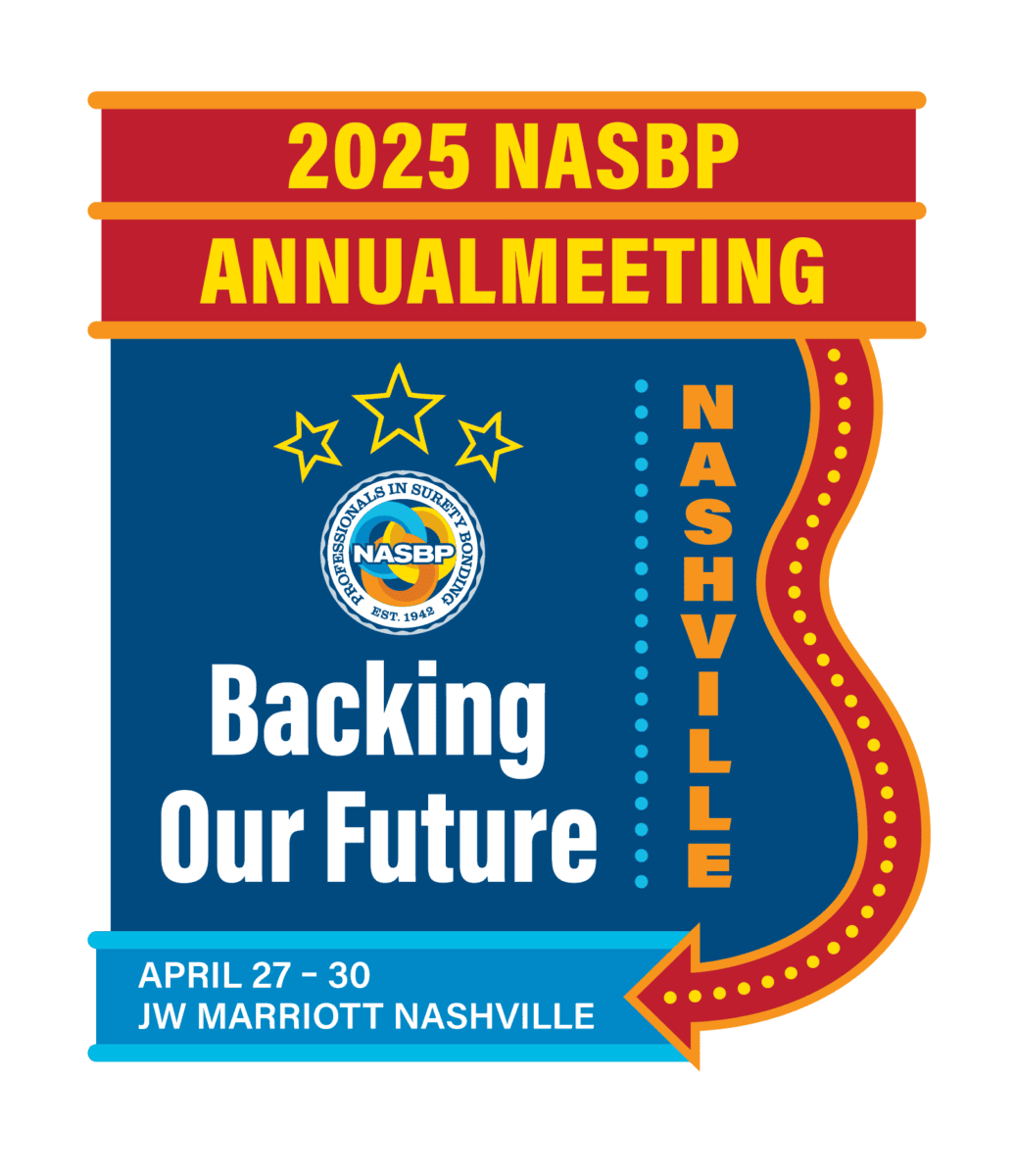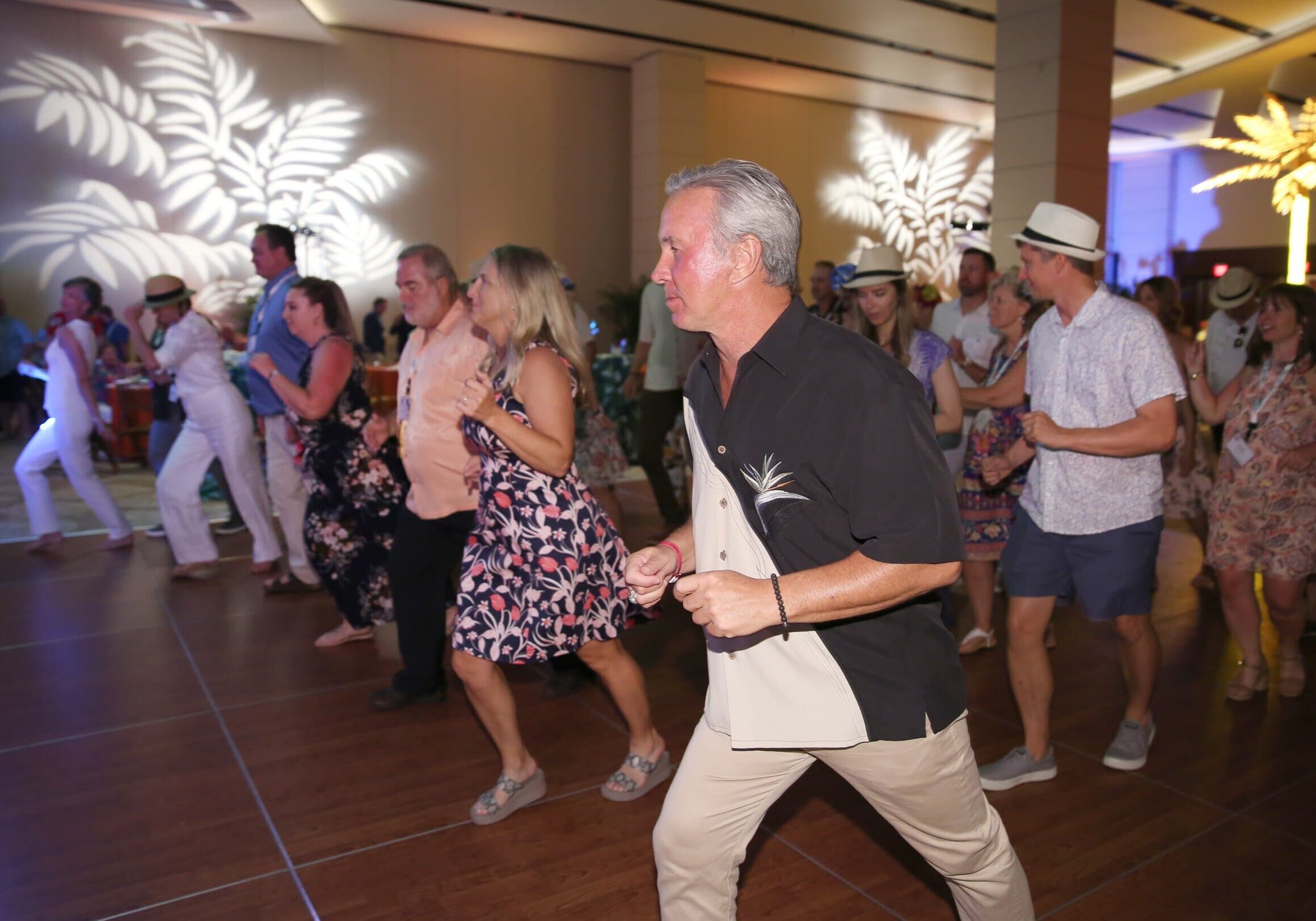
GAO Decision: Bid Rejected as Nonresponsive Due to Non-Compliant Bid Bond Form
A recent Government Accountability Office (GAO) decision affirmed the procuring agency’s rejection of the low bid as nonresponsive because the bid was submitted with the AIA A310—2010 Bid Bond form rather than the Standard Form 24 Bid Bond form or another form that complied with the requirements of FAR 52.228-1. Find the decision, Leeward Construction Corp., No. B-420504, 2022 U.S. Comp. Gen. LEXIS 44 (Mar. 3, 2022), here.
This decision serves as a stern warning to surety professionals and to contractors that: (1) the GAO will dismiss a protest if the bid bond submitted is inconsistent with the FAR requirements in the invitation for bids (IFB); and (2) while GAO decisions are recommendations, and not binding legal precedent, to procuring agencies, “such fact does not mean that our Office will cast aside prior decisions made with respect to identical legal issues.”
Background
A review of the facts and issues in this matter may be instructive. The U.S. Army Corps of Engineers (ACE) issued an IFB seeking bids for a dam construction project in Pennsylvania. The IFB incorporated the text of FAR 52.228-1, Bid Guarantee, which provides, among other things, as follows: “(a) Failure to furnish a bid guarantee in the proper form and amount, by the time set for bid opening, may be cause for rejection of the bid. . . . (e) In the event the contract is terminated for default, the bidder is liable for any cost of acquiring the work that exceeds the amount of its bid, and the bid guarantee is available to offset the difference.” Notably, the IFB did not specify any particular form that bidders were required to use for their bid bonds.
Leeward used, however, AIA Document A310—2010, Bid Bond; and the other five bidders used the SF 24 Bid Bond form. The AIA form provided that, in the event of the bidder’s default, the surety:
[P]ays to the Owner the difference, not to exceed the amount of this Bond, between the amount specified in said bid and such larger amount for which the Owner may in good faith contract with another party to perform the work covered by said bid, then this obligation shall be null and void, otherwise to remain in full force and effect.
The AIA form further provided that:
When this Bond has been furnished to comply with a statutory or other legal requirement in the location of the Project, any provision in this Bond conflicting with said statutory or legal requirement shall be deemed deleted herefrom and provisions conforming to such statutory or other legal requirement shall be deemed incorporated herein. When so furnished, the intent is that the Bond shall be construed as a statutory bond and not as a common law bond.
[Hereinafter referred to as the bid bond’s “savings clause.”]
While Leeward submitted the lowest bid, the ACE found its bid nonresponsive because the bid bond submitted on the AIA form included “limitations which differ significantly from the requirements of FAR provision 52.228-1, which permits recovery of all excess reprocurement costs, including, for example, the administrative costs of reprocurement or the costs of in-house government performance.” The contracting officer explained that Leeward’s bid bond limited the liability of the surety in the event of the protester’s default to “the difference, not to exceed [the amount of this Bond] between any amount specified in said bid and such larger amount for which the Owner may in good faith contract with another party to perform the work covered by said bid.” In support of the agency’s decision that this limitation was inconsistent with the FAR requirements, the contracting officer relied on prior GAO decisions in Pacific Dredge and Construction, B-418900, Sept. 18, 2020, and G2G, B-416502, Sept. 27, 2018, which found the AIA form inconsistent with these requirements.
GAO’s Analysis
Leeward’s bid protest followed. Leeward challenged the ACE’s determination that the submitted bid bond was inconsistent with the FAR. The protester pointed specifically to the savings clause in its bid bond that any provision of the bond conflicting with any statutory or legal requirement “shall be deemed deleted herefrom and provisions conforming to such statutory or other legal requirement shall be deemed incorporated herein.”
The ACE requested dismissal of the protest as legally and factually insufficient. It pointed to the GAO’s recent decisions in Pacific Dredge and G2G, in which the GAO denied protests challenging nonresponsiveness determinations based on the identical AIA 310 bid bond form used by Leeward. The ACE contended that the GAO had already decided that the AIA bid bond form at issued failed to meet the requirements of FAR 52.228-1 and that the savings clause was insufficient to remedy the bond’s limitation on the surety’s liability only to the costs of a reprocurement contract. The ACE argued, in short, that it properly found the identical bond form used by Leeward nonresponsive.
The GAO agreed with the ACE. The GAO noted that, in Pacific Dredge and G2G, it considered an agency’s rejection of bids as nonresponsive when the bidders used the very same AIA bid bond form, with the same default and savings clauses, as submitted by Leeward. As in the instant case, the protesters argued that any improper limitation was corrected by the savings clause, which “deemed deleted” from the bid bond the non-compliant default clause and “deemed incorporated” in the bid bond the requirements of FAR 52.228-1. The GAO did not buy these arguments in the two prior decisions, nor did it buy them here:
I want to highlight that the decision provides that a bidder’s use of a commercial bond form rather than the SF bid bond form is “not per se objectionable, since the sufficiency of the bid bond does not depend on its form,” but on whether it sets forth the rights and obligations of the parties as provided in SF 24.
Leeward disagreed with the GAO’s prior decisions and argued that they are not dispositive because “the GAO Decisions are not binding upon the [ACE] and are at most authoritative pronouncements.” The GAO rejected Leeward’s argument with the following: “The protester’s argument that [ACE] unreasonably relied on GAO’s decisions in [Pacific Dredge and G2G] because they are not binding judicial precedent is without merit.”
The GAO agreed with Leeward that the GAO’s decisions are “recommendations” to procuring agencies and are technically not binding on agencies but observed that the GAO generally applies principles similar to the judicial principle of stare decisis (relying on legal precedent) “in order to promote clarity and certainty for the procurement community.” The GAO further opined that a “bid protest is an adjudicative process” and the decisions of the Comptroller General of the U.S. “in bid protest cases have resulted in a uniform body of law applicable to the procurement process upon the Congress, the courts, agencies, and the public rely.”
The GAO further opined as follows:
Disregarding our prior decisions interpreting identical legal issues—without intervening changes in controlling or persuasive authority or compelling, distinguishing legal or factual circumstances—is also antithetical to the Competition in Contracting Act’s mandate that our bid protest forum provide for the inexpensive and expeditious resolution of protests.
Takeaways
And what major considerations can you take away from the Leeward Construction decision dismissing the protest?
- While a IFB may not require the SF 24 Bid Bond form, caution would suggest that use of SF 24 is a prudent decision as it complies with FAR 52.228-1. As always, it is wise to carefully review and fully comply with the solicitation requirements. GAO decisions have repeatedly recognized that a bid including a bid bond materially different from the requirements of FAR 52.228-1 and SF 24 must be rejected as nonresponsive.
- Agencies are permitted to reasonably rely on prior GAO decisions regarding identical legal issues where there are no “intervening changes in controlling or persuasive authority or compelling, distinguishing legal or factual circumstances.” While prior GAO decisions are not binding legal precedent, the GAO will generally apply a similar principle to its prior decisions interpreting identical legal issues.
One More Tidbit to Ponder:
In Pacific Dredge and Construction, in analyzing whether the commercial bid bond form provided for the same rights and obligations of the parties as set forth in SF 24, the GAO opined as follows:
The determinative question is whether the bond establishes unequivocally at the time of bid opening that the bond is enforceable against the surety should the bidder fail to meet its obligations. . . . If the agency cannot determine definitively from the bid bond documents that the surety would be bound, the bond is defective and the bid must be rejected.
(Emphasis added.) At the time of bid opening is when the agency determines if the bid bond is unambiguously enforceable against the surety if the bidder fails to meet its obligations. A determination of ambiguity in the bid bond renders the bond defective, and that defect cannot be cured or waived.

The author of this article is Martha Perkins, General Counsel at NASBP. She can be reached at mperkins@nasbp.org or 240.200.1270.
This article is provided to NASBP members, affiliates, and associates solely for educational and informational purposes. It is not to be considered the rendering of legal advice in specific cases or to create a lawyer-client relationship. Readers are responsible for obtaining legal advice from their own counsels and should not act upon any information contained in this article without such advice.
Get Important Surety Industry News & Info
Keep up with the latest industry news and NASBP programs, events, and activities by subscribing to NASBP Smartbrief.




